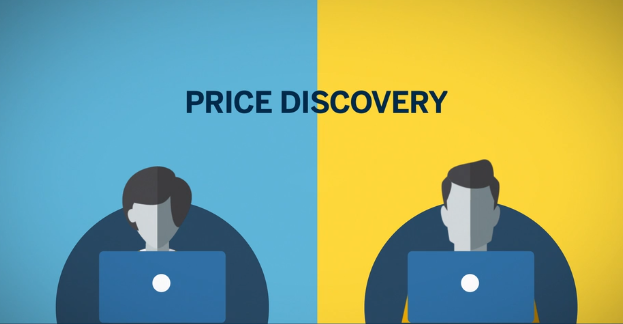Price discovery refers to the act of determining a common price for an asset. It occurs every time a seller and buyer interact in a regulated exchange. Because of the efficiency of the futures markets and the ability for the instant dissemination of information, bid and ask prices are available to all participants and are instantly updated across the globe.
Price discovery is the result of the interaction between sellers and buyers, or in other words, between supply and demand and occurs thousands of times per day in the futures markets.
This auction type environment means that a trader can find trades that they feel are fair and efficient. For example, a trader in Europe trading Corn futures (ZC) contract and a trader in Australia trading the same contract will see the same bid and ask quotes on their trading platforms at the same time, meaning that the transaction is transparent.
The bids and offers on the futures market constantly change with supply and demand, and with news from around the world. Since every piece of news could potentially impact the supply or demand of a specific asset, buyers and sellers adjust their prices to reflect these changing factors with every trade that is made in that market, hence why price is always fluctuating.
What does this all mean to a trader?
It means that you can rely on the quotes you are seeing on your screen, and trade with the knowledge that you are getting the best price, and the same price, as all others trading the same product at the same time. The one-lot order of a retail trader is treated the same as a 100-lot order from an institutional trader, and they will both pay or receive the same price for their contracts.
The open auction system means that all available information has been assimilated in to the current price of the product, increasing market efficiency and improving the reliability of price from one trade to the next.
The result is a global marketplace for the fair, efficient and transparent discovery of market price.
Definition taken from: CME Group


